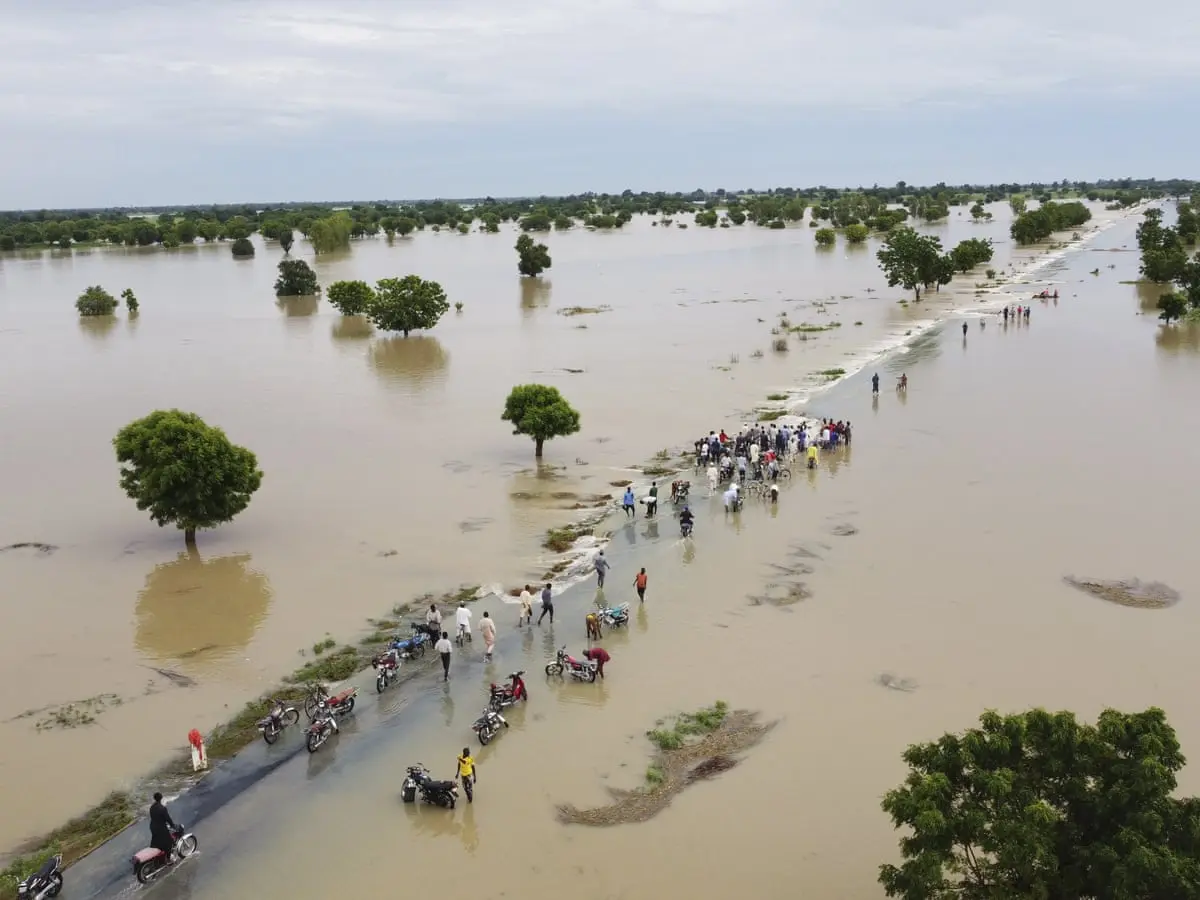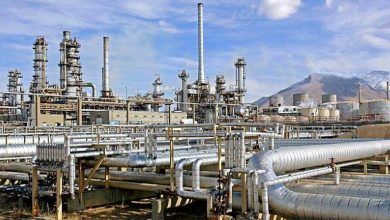
States along the route of the River Benue in Nigeria have begun preparing for potential flood catastrophes in their varied domains as a result of the discharge of enormous volumes of water from the Lagdo Dam in Cameroon.
States that are likely to be impacted have urged inhabitants of communities in flood-prone zones to leave these places in order to minimize fatalities and other catastrophes related to floods.
No less than 11 states, including Adamawa, Taraba, Benue, Nasarawa, Kogi, Anambra, Edo, Delta, Bayelsa, Rivers, and Cross River, are expected to suffer detrimental effects from the inauguration of the dam, according to authorities with the National Emergency Management Agency.
In order to prevent consequences on human life and priceless properties, the states on Sunday asked such inhabitants to evacuate the areas.
On Sunday, Cameroon reportedly told the federal government that its Lagdo Dam will shortly open.
Umar Salisu, Director of African Affairs at the Federal Ministry of Foreign Affairs, stated in a letter dated August 21, 2023, that the ministry had received information on the dam’s opening from the High Commission of Cameroon.
The letter, which was addressed to the National Emergency Management Agency, read in part, “I have the honour to inform that the ministry is in receipt of a Note Verbale from the High Commission of the Republic of Cameroon informing that Cameroonian officials have resolved to open the flood gates of the Lagdo Dam on the Benue River in days ahead due to the heavy rainfall around the dam catchment area in Northern Cameroon.”
In order to mitigate and prevent damage that the released water might cause along the River Benue basin in both Cameroon and Nigeria, the letter stated that it was important to note that the Lagdo Dam authorities would only release a modulated variable small amount of water at a time when the release of water became necessary.
“In view of the above, it would be appreciated if the esteemed agency takes all the necessary proactive steps and actions that will mitigate the damage as well as sensitise the populace living in such areas to vigilance and all necessary precautions.”
The Lagdo Dam, which is 50 kilometers south of Garoua on the Benue River, frequently overflows, releasing enormous amounts of water that cause floods in many states in Nigeria to the south.
Based on this new information, several of the states that would be impacted by the opening of the dam stated on Sunday that they would destroy buildings that were built near waterways, while other governments designated certain schools as camps for internally displaced people.
According to representatives of the National Emergency Management Agency and the Nigeria Hydrological Services Agency, the opening of the Lagdo Dam would have an impact on 11 states that are located along the River Benue’s course.
They identified the states as Adamawa, Taraba, Benue, Nasarawa, Kogi, Anambra, Edo, Delta, Bayelsa, Rivers, and Cross River, but they also underlined that there was no need for panic.
State govs informed
Ezikiel Manzo, the head of NEMA’s media and public relations, said that the organization had notified the state governors and given them advice on how to lessen the effects of potential flooding.
“We have introduced this into all our awareness programmes and in addition to that, NEMA has written to all the governors to alert them. We have also mentioned the things that they need to do in order to mitigate the impact of the flood.
“So what this means is that with this information concerning the excess water being released from the dam, it means that all the state governments along the River Benue axis, the time has come for them to match action with the information that has been given to them in anticipation of this flood.
“And some of the things they need to do is for them to immediately monitor the people and communities along the flood pathway and begin to move them away from danger.
“They (Lagdo Dam) are just beginning the release of the water, we don’t know, but if the rain increases and the release of the water continues, it means the people will need to move quickly out of the floodplain.”
Manzo, however, stated that ‘if after this initial release we do not have much rain again, then it means they are going to stop. This is important to note since we don’t want someone to become alarmed and think that the release calls for them to entirely leave the river bank.
“But what we are saying is that the time has come for the people to be conscious of the risk that is lying beside them in terms of the likelihood that the river will overflow its bank.”
Asked to name the states that are likely to be affected, the NEMA official said, “They include Adamawa, Taraba, Benue, Nasarawa, Kogi. Then from Kogi, we have states like Anambra, Edo, Delta, and Bayelsa.”
‘Dam opened August 14’
The Director-General of the Nigeria Hydrological Services Agency, Clement Nze, also confirmed the letter but noted that the dam had been releasing water before the letter was sent to Nigeria by Cameroon.
“Yes, that letter was signed on August 21, 2023, by the African Affairs officer at the foreign affairs ministry here in Nigeria. The Adamawa State Government issued a press release recently, which my permanent secretary drew my attention to last week, on Tuesday precisely.
“I got in contact with the manager of the dam last Wednesday and he confirmed that they opened the dam on August 14, 2023, at 10.10 am. He said they had been spilling water at the rate of 200 cubic metres per second, which is about 20 million cubic meters per day.
“So the letter to the foreign affairs ministry is just to officially state it, but they have been releasing water before issuing that letter. They also confirmed to me on Friday that because of the huge volume they have released downstream, they decided to reduce it to 50 cubic meters per second, which is about five million cubic meters per day.”
Meanwhile, Nze explained that the flow of the water from the dam had nothing to do with Niger, Kwara and Kebbi states, “but after reaching River Niger, it will start moving down to Edo, Delta, Anambra and then to Rivers, Bayelsa, before it enters the Atlantic Ocean.”





